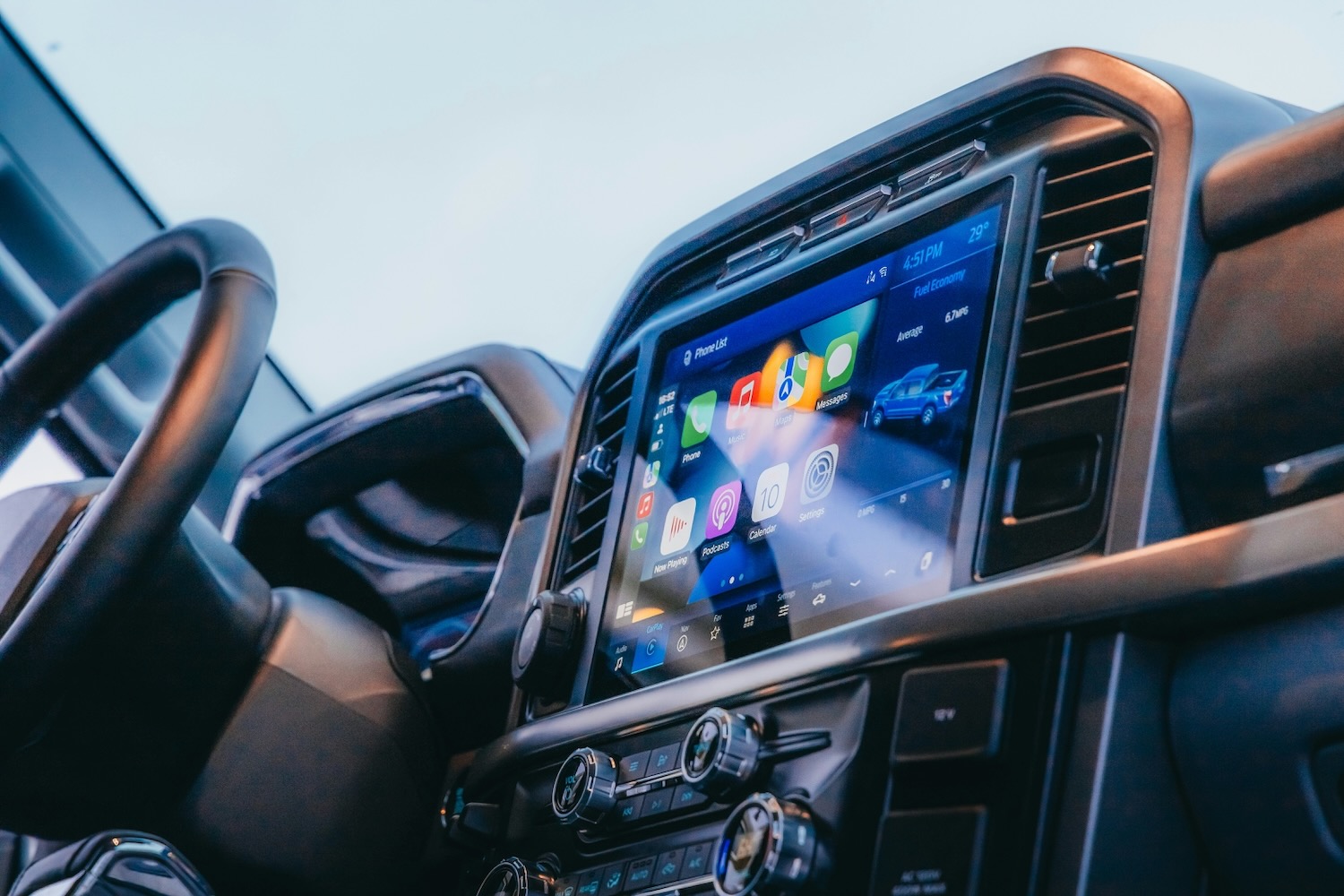In 2025, the face of vehicle connectivity is set to change dramatically, integrating cutting-edge technology into our everyday driving experience. From smart dash cams that enhance safety and awareness on the road to advanced digital radios that deliver seamless entertainment and communication, the future is bright and connected.
Innovative brands like Oricom are leading this transformation, developing in-car technologies that blend reliability with innovation, helping drivers stay informed, connected, and secure wherever they travel. These advancements demonstrate how connectivity is evolving from a convenience to an essential part of modern mobility.
We can expect these technologies not only to improve our driving experience but also to create a more holistic integration of our vehicles into our wider digital lives.
Emerging Trends in Vehicle Connectivity
The Rise of Smart Dash Cams
Smart dash cams are becoming indispensable tools for modern drivers. Equipped with advanced features like GPS tracking, automatic incident detection, and cloud storage capabilities, these devices don’t just record our drives: they actively enhance our safety. In fact, their ability to provide real-time alerts about potential hazards is transforming how we think about car safety. With AI-powered analytics, smart dash cams can even learn driving patterns, providing insights and feedback that help us become better drivers.
Advancements in Digital Radio Technology
The landscape of digital music and news broadcasting is evolving swiftly as digital radios gain traction in vehicles. Unlike traditional FM radios, digital radio technology offers higher sound quality and access to a broader range of stations, including global options and niche podcasts. With the integration of features such as Bluetooth connectivity, we are experiencing a more personalized and interactive interface, which allows us to curate our listening experiences like never before.
Integrating IoT in Vehicles
Vehicle-to-Everything (V2X) Communication
As vehicles become smarter, the integration of Internet of Things (IoT) technology is shaping the future of automotive connectivity. Vehicle-to-Everything (V2X) communication acts as a bridge between our cars, infrastructure, and other road users. This means our vehicles can communicate with traffic signals, alerting us to upcoming changes or hazards, significantly reducing accidents and improving traffic flow. By 2025, we can expect V2X technology to be a standard feature, making our journeys not only safer but also smoother.
Enhanced Safety Features Through Connectivity
Connectivity extends beyond convenience: it is fundamentally about enhancing our safety. Today’s vehicles come equipped with a plethora of safety features that use connected technologies. For instance, collision warning systems can communicate with other vehicles to receive alerts about an impending collision, allowing us time to react. Also, the data collected from various sensors can inform manufacturers about potential issues before they arise, assuring that our vehicles perform at peak safety standards.
The Role of Autonomous Vehicles

Impact on User Experience
As we look towards a future populated by autonomous vehicles, the user experience is poised to undergo a significant transformation. The integration of connectivity in autonomous vehicles means that passengers can engage in activities beyond driving, such as working or enjoying leisure time during their commutes. Also, the seamless connection with various entertainment systems and smart personal devices will ensure that our journeys are not just about getting from point A to point B but also about enriching our time on the road.
Customization and Personalization in Connectivity
Future Challenges and Considerations
As we embrace a more connected future in the automotive industry, personalization and customization will become key components of vehicle connectivity. From adjusting music playlists based on our mood to tailoring navigation routes according to our preferred driving style, the possibilities are endless. But, these advancements bring challenges, particularly about privacy and data security. We must weigh the benefits against potential risks, ensuring that our preferences don’t inadvertently expose us to vulnerabilities.
The Importance of Cybersecurity in Vehicle Connectivity
With increased connectivity comes the responsibility of ensuring robust cybersecurity. Cyber threats are a significant concern, as connected vehicles can serve as attractive targets for hackers. As implicated in a report by the National Highway Traffic Safety Administration, securing the data exchanged among smart vehicles, infrastructure, and cloud services is paramount. As we advance towards 2025, we need stringent protocols and safeguards in place to protect our information and ensure the safety of our journeys. For an in-depth look at ongoing trends in automotive technology, visit TechCrunch, where innovative insights can be found.






